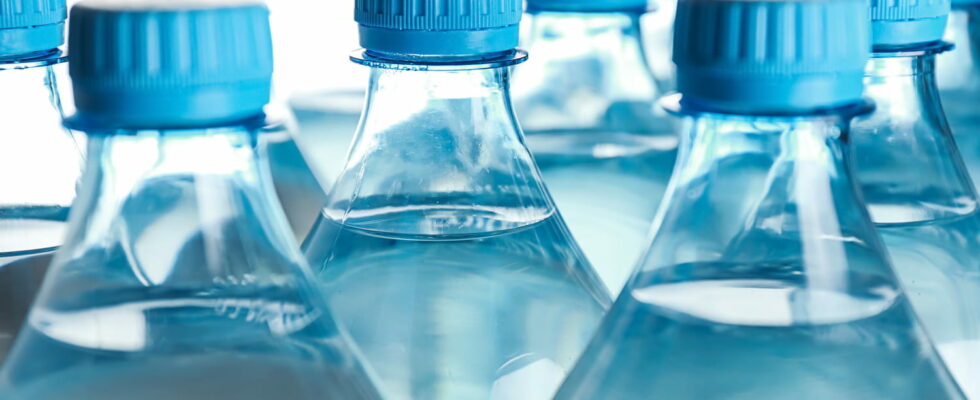After the entitled cap, plastic bottles of waters and other drinks recently experienced another change. And if it is less visible, it has a direct impact on prices.
You have necessarily noticed it: for a year now, all plastic bottles and drinks bricks have been equipped with an attached cap. Regulations aimed at facilitating plastic recycling and reducing pollution – traffic jams are often thrown separately from bottles, which increases the amount of plastic waste in the environment. This measure completely upset consumer habits and collected a certain skepticism, despite its more than beneficial impact on the environment.
But this is not the only new features introduced by the European directive 2019/904 of June 5, 2019 relating to the reduction of the incidence of certain plastic products on the environment. Indeed, the latter also provides for another major change, which has come into force since January 1, 2025, which will be visible on all water bottles but also sodas, cooking oils, fruit juices and other liquids in bottled in plastic with a maximum capacity of 3 liters. And it may well have an impact on the prices of plastic bottles.
Thus, since the beginning of the year, the new European regulations require that all single -use plastic bottles have at least 25 % recycled plastic – including traffic jams -, which is called PET (Polyethylene Téréphtalate). A proportion that will even increase to 30 % by 2030. The objective is to reduce the use of single -use plastic bottles by 80 % by 2026 and 90 % in 2030, compared to 2022.
If most brands have anticipated the deadline by integrating more recycled plastic in their bottles, it is possible that the strengthening of this regulation is increasing prices. Indeed, the food quality PET being more and more requested on the market, the price of this raw material tends to increase on the professional market. Its course even exceeded that of the original PET, not recycled! And, as often, manufacturers will pass on this cost increase on the final product, and therefore on ELS consumers. Consequence: ultimately, water packs and other plastic bottles may see their price increase.
Not to mention that the transition to other types of recycled plastics, such as polypropylene, will require massive investments in chemical recycling, which could also increase the cost of packaging. Remember to monitor prices well by shopping!
